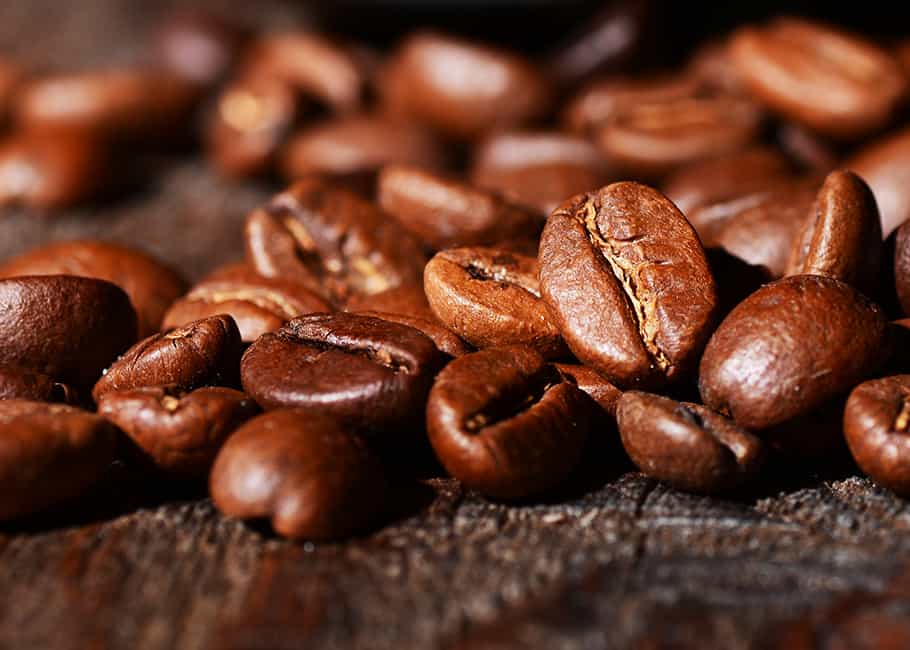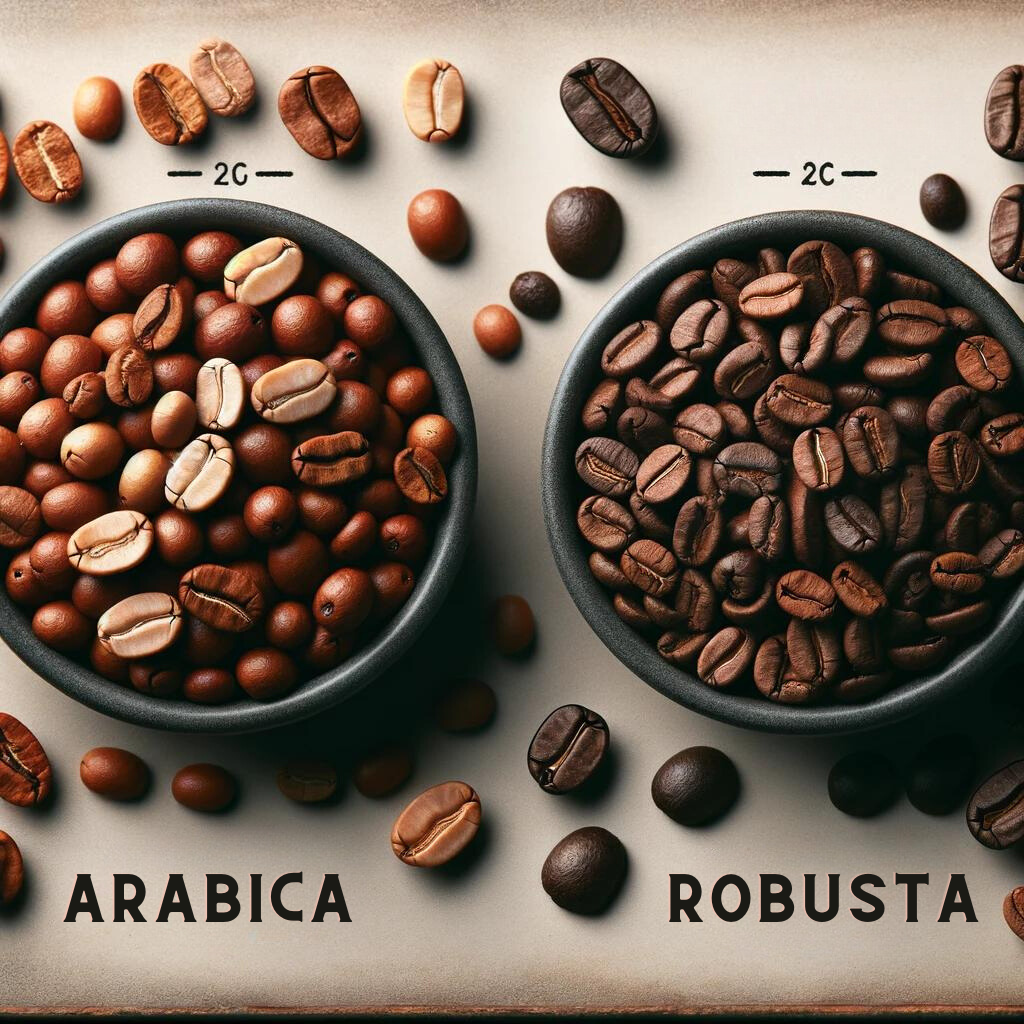Coffee aficionados and curious minds, welcome to the ultimate guide on Arabica coffee! Embark on a journey that delves deep into the origins, flavor profiles, production processes, and the future of this beloved coffee variety. Whether you’re a seasoned coffee connoisseur or just beginning to explore the world of coffee, this comprehensive guide will quench your curiosity and leave you with a newfound appreciation for the intricacies of Arabica coffee.
History of Arabica Coffee
Arabica coffee, scientifically known as Coffea arabica, traces its roots to the highlands of Ethiopia. Legends tell of Kaldi, a goatherd who discovered the invigorating effects of coffee berries on his goats, sparking the coffee craze. The journey of Arabica coffee expanded as it crossed the Red Sea to Yemen and the Arabian Peninsula in the 7th century. Arab scholars lauded its ability to prolong working hours, initiating its cultivation and eventual global spread. Arabica coffee now dominates approximately 60% of the world’s coffee production.
The Diversity of Arabica Beans
When it comes to coffee, not all beans are created equal. In fact, there are over 100 different species of coffee, but only two that really matter: Arabica and Robusta. While both are widely consumed, it’s important to note that not all coffee is Arabica. In fact, beans from the Robusta species are generally smaller and more circular than Arabica beans, and they have a higher caffeine content.
But let’s focus on Arabica beans. While they all share the same Arabica roots, they vary in taste depending on the region in which they are grown. The growing conditions, altitude, soil, and climate all play a role in shaping the flavor profile of Arabica beans. For example, beans grown in Ethiopia may have a floral and fruity flavor, while those from Brazil may have a nutty and chocolatey taste.
It’s important to understand that not all Arabica beans are the same. The variations in flavor can be quite significant, making it an exciting journey for coffee enthusiasts to explore the different varieties and their unique characteristics. Whether you prefer a bright and acidic cup or a smooth and mellow brew, there’s an Arabica bean out there to suit your taste preferences.
In conclusion, when it comes to coffee, the type of bean used can make a world of difference in the flavor of your brew. By understanding the nuances of Arabica beans and the impact of their variations, you can elevate your coffee experience and truly appreciate the diversity of this beloved beverage.
Understanding the Differences in Arabica Beans
While the world of coffee may seem vast and complex, there are really only two types of beans that matter: Arabica and Robusta. It’s important to note that not all coffee is Arabica, as there are significant differences between the two species. Arabica beans are known for their larger size and more oval shape compared to the smaller, rounder Robusta beans. Additionally, Arabica beans have a lower caffeine content compared to Robusta beans.
When it comes to Arabica beans, it’s essential to understand that they are not all the same. The flavor profile of Arabica beans can vary greatly depending on the region in which they are grown. Factors such as altitude, soil composition, and climate all contribute to the unique taste of Arabica beans. For example, beans from Ethiopia may have a floral and fruity flavor, while those from Brazil may have a nutty and chocolatey taste.
It’s this diversity in flavor that makes exploring the world of Arabica beans so exciting for coffee enthusiasts. Whether you prefer a bright and acidic cup or a smooth and mellow brew, there’s an Arabica bean out there to suit your taste preferences. By understanding the nuances of Arabica beans and the impact of their variations, you can truly elevate your coffee experience and appreciate the diversity of this beloved beverage.
Arabica Coffee Production
Native to the high altitudes of Ethiopia and South Sudan, Arabica coffee plants now thrive globally. Major producers include Brazil, Colombia, and Ethiopia, with Central America also contributing to this cherished variety. Patient cultivation yields cherries in 3 to 4 years, each harboring two green seeds—coffee beans. From dry to wet methods, Arabica cherries transform into beans. Sun-drying or fermentation leads to distinct flavor profiles, reflecting the choice of processing method.
Growing Conditions for Arabica Beans: The Secret to Superior Quality
The unique growing conditions required for arabica beans play a crucial role in shaping their exceptional flavor. From high altitudes to specific climate requirements, learn about the factors that contribute to the superior quality of arabica beans and how they differ from other coffee bean varieties.
Characteristics of Arabica Coffee
Arabica coffee offers diverse flavor notes, influenced by variety, origin, and processing. Floral, fruity, and chocolate undertones grace each cup. Known for its bright acidity, Arabica beans present a tangy taste. Compared to Robusta, Arabica carries less caffeine—about 1.5% versus Robusta’s 2.7%. These traits result in a smoother, less bitter coffee experience.
Arabica vs Robusta Coffee Beans
Both Arabica and Robusta beans offer a delicious brew. Arabica beans charm with smooth, delicate flavors, while Robusta beans bring a stronger, bitter taste. Robusta boasts double the caffeine content, contributing to its pronounced bitterness. Arabica flourishes at higher elevations of 3,000 to 6,000 feet, yielding complex flavors. Robusta adapts to low altitudes, presenting resilience to pests and diseases. These differing conditions shape their flavor profiles.
Arabica Coffee and the Environment
Climate change poses challenges to Arabica coffee production. Altered rainfall patterns and extreme weather events threaten the plant’s habitats, impacting global coffee cultivation. Efforts are underway to preserve wild coffee plants and combat habitat loss. Strategies include cultivating wild Arabica and implementing sustainable practices, ultimately safeguarding the future of Arabica coffee.
Future of Arabica Coffee
Research yields new Arabica varieties and hybrids resilient to climate change and diseases. Coffee cultivation and processing methods evolve, enhancing quality, sustainability, and flavor profiles. As climate change reshapes coffee-growing regions, countries like Ethiopia, Colombia, and Honduras show high potential for Arabica coffee cultivation. Adaptation and innovation shape the industry’s future.
Arabica Coffee: A Snapshot
In the coffee world, Arabica is a symbol of elegance and flavor. With its roots in Ethiopia’s highlands and a journey shaped by craftsmanship, Arabica coffee offers a unique experience. Whether you appreciate the smoothness, intricate flavors, or the careful artistry, Arabica coffee showcases the essence of coffee-making.
Key Takeaways
- Arabica coffee boasts smooth, nuanced flavors.
- Originated in Ethiopia’s highlands and spread globally.
- Flavors are influenced by variety, origin, and processing.
- Arabica’s bright acidity and lower caffeine content set it apart.
- Environmental challenges drive conservation and sustainability efforts.
- The future holds new varieties, advancements, and adaptations.
Tips for Enjoying Arabica Coffee
- Explore Flavor Diversity: Savor the varied flavor profiles from different Arabica origins.
- Experiment with Processing: Try coffee processed using both dry and wet methods.
- Environmental Awareness: Support sustainable practices and certifications to protect Arabica’s future.
Arabica Coffee: A Journey Worth Savoring
Arabica coffee, with its rich history, complex flavors, and dedication to sustainability, is more than a beverage—it’s a journey worth savoring. From the Ethiopian highlands to coffee cups worldwide, every sip tells a story of cultivation, craftsmanship, and the delicate balance between nature and human innovation. So whether you’re sipping in solitude or sharing a cup with friends, remember the incredible journey behind each aromatic, flavorful drop of Arabica coffee.
Arabica FAQs
Is Starbucks coffee arabica beans?
Yes, Starbucks primarily uses arabica beans for its coffee.
Is all coffee made from Arabica beans?
No, not all coffee is made from Arabica beans. There’s another variety called Robusta, which is also used in coffee production.
Where do Arabica beans come from?
Arabica beans originate from Ethiopia and are widely grown around the world today.
Are Arabica coffee beans high quality?
Yes, Arabica coffee beans are generally considered to be of higher quality due to their nuanced flavors and smoother taste compared to other coffee bean varieties like Robusta.
What makes arabica beans different from other coffee beans?
Arabica beans are known for their delicate flavors, nuanced profiles, and superior quality compared to other coffee bean varieties. Their cultivation requires specific growing conditions, such as high elevation, cool temperatures, ample rainfall, and well-drained soil, which contribute to their exceptional characteristics.
How are arabica beans used in coffee production?
Arabica beans are valued for their versatility in coffee production. Whether used in single-origin brews or blended with other coffee varieties, arabica beans add depth and complexity to the final cup. From light roasts that highlight the beans’ bright acidity to medium and dark roasts that bring out their rich body and subtle sweetness, arabica beans offer a wide range of possibilities for crafting the perfect cup of coffee.
Where are arabica beans grown?
Arabica beans are grown in various regions around the world, including Latin America, Africa, and Asia. Each region’s unique climate and terroir contribute to the distinct flavor profiles of arabica beans, resulting in a diverse array of coffee experiences for enthusiasts to explore.
Is Arabica coffee stronger than Robusta coffee?
While Robusta coffee is higher in caffeine content, Arabica coffee is often considered to be stronger in terms of flavor and aroma. The slow development of Arabica beans at higher altitudes results in a denser bean with a more complex flavor profile.


